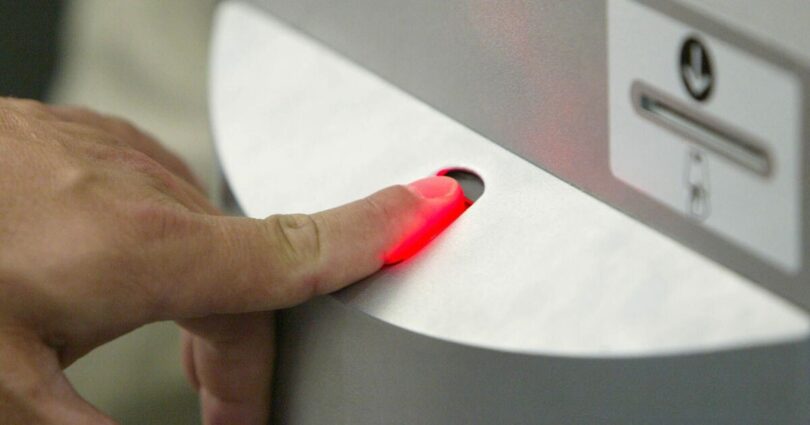A new European Union (EU) travel rule will force UK tourists to register their fingerprints and a facial image when holidaying in 29 countries.
A new Entry-Exit System (EES) is due to launch in phases this year to register non-EU nationals visiting 29 countries in the Schengen Area.
The system, which was delayed in 2024, will replace the current system of manually stamping of passports with biometric data instead and is due to start later this year.
The automated IT system will be used to register non-EU nationals travelling for a short stay, each time they cross the borders of 29 European countries, including Spain, France, Greece and Italy.
As part of the new entry process, UK tourists will be required to register their fingerprints and provide a facial image on arrival, and this data will then be digitally stored for up to three years from their last recorded trip.
The European Union explains: “If you arrive at a border crossing point for the first time since the EES started you will have to provide your personal data. Passport control officers will scan your fingerprints or take a photo of your face. This information will be recorded in a digital file. Your passport (biometric or non-biometric) will not be stamped.
“If you have crossed the borders of the European countries using the EES more than once since the EES started, your fingerprints or the photo of your face will already be recorded in the EES.
“The passport control officers will only verify your fingerprints and photo, which will take less time. In rare cases, it may be necessary to collect and record your data again.
“If you hold a biometric passport, you will be able to enter more quickly using the self-service system (if available at that border crossing point). If your digital file is clear of any impediments to travel, you will usually not need to go via a passport control officer.”
Travellers should note that the EES is currently not in operation but it is due to start later this year, after which you’ll be asked to scan your fingerprints and take a photo of your face under the new entry rules.
The EU adds that for the purpose of the EES, ‘non-EU national’ means a traveller not holding the nationality of any European Union country or the nationality of Iceland, Liechtenstein, Norway or Switzerland, and ‘short stay’ means up to 90 days within any 180-day period. This period is calculated as a single period for all the European countries using the EES.
Entries and exits, or entry refusals will be electronically registered in the EES, but in Cyprus and Ireland – despite being countries of the EU – passports will still be stamped manually.
The 29 European countries where the EES will be in operation are:
-
Austria
-
Belgium
-
Bulgaria
-
Croatia
-
Czechia
-
Denmark
-
Estonia
-
Finland
-
France
-
Germany
-
Greece
-
Hungary
-
Iceland
-
Italy
-
Latvia
-
Liechtenstein
-
Lithuania
-
Luxembourg
-
Malta
-
Netherlands
-
Norway
-
Poland
-
Portugal
-
Romania
-
Slovakia
-
Slovenia
-
Spain
-
Sweden
-
Switzerland
Source link








